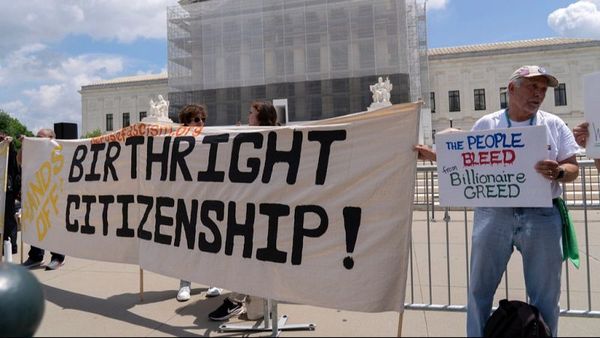
In the 10 or 12 years following World War II, there was a striking parallel in the number of births in Copenhagen and the number of storks nesting in the city.
A study published in 1936 showed a correlation coefficient of near +0.85. That's a high number, considering 1.0 is a perfect correlation.
The conclusion therefore, is clear: storks deliver babies.
The idea actually goes back a long way, with ancient Greek and Chinese mythologies linking storks and fertility. The modern version where storks deliver babies comes from 18th- and 19th-century Germany.
Then some astute scientists noticed that the introduction of air-conditioning in hospitals weakened the correlation between births and storks.
That makes perfect sense because now hospitals were closing their windows and storks tend to be uncommon in hospitals.
Of all the challenges in doing science, perhaps the most vexing is whether one thing causes another. Do they occur together merely by chance? Which one causes the other?
So storks deliver babies ... or maybe babies deliver storks.
Or perhaps there's another, lurking variable. Storks and babies are connected by a third thing. Or maybe there are a dozen variables, all interacting.
In the Copenhagen example, births and storks numbers both grew after the war.
Although Aristotle did not practice the scientific method as we know it, he would've recognised this as an example of the "non causa pro causa" logical fallacy (however you say that in Greek).
In all, nature is a sticky ball of string where connections are rarely simple, and untangling this requires a good handle on statistics.
For this reason anecdotes involving one or two examples are almost certainly not adequate. Your child recovering with the help of homeopathic therapy is not proof.
In ideal circumstances a scientist can shift one variable while holding others to see what happens.
In the real world, however, that might not be practical. We can't run the baby/stork scenario both with and without WWII.
Or imagine being a health researcher where there are endless uncontrolled variables all changing at the same time.
This is one reason scientists create models of complex systems. The Earth's climate system, for example, is a mess of many interacting forces such as solar radiation, ice cover, clouds, ocean currents and CO2, to name just a few.
We can't just drop the Earth onto a lab bench to see what happens.
While the models are certainly complicated and always incomplete, they do a good job of predicting behaviour.
Those who undermine climate science point to the limitations of models while happily relying on seven-day weather forecasts which are remarkably good.
Still, there's a strong correlation showing that a person born will eventually die.
But hey, who believes statistics?
The Fuzzy Logic Science Show is 11am Sundays on 2xx 98.3FM.
Send your questions to AskFuzzy@Zoho.com Twitter @FuzzyLogicSci Podcast FuzzyLogicOn2xx.Podbean.com







